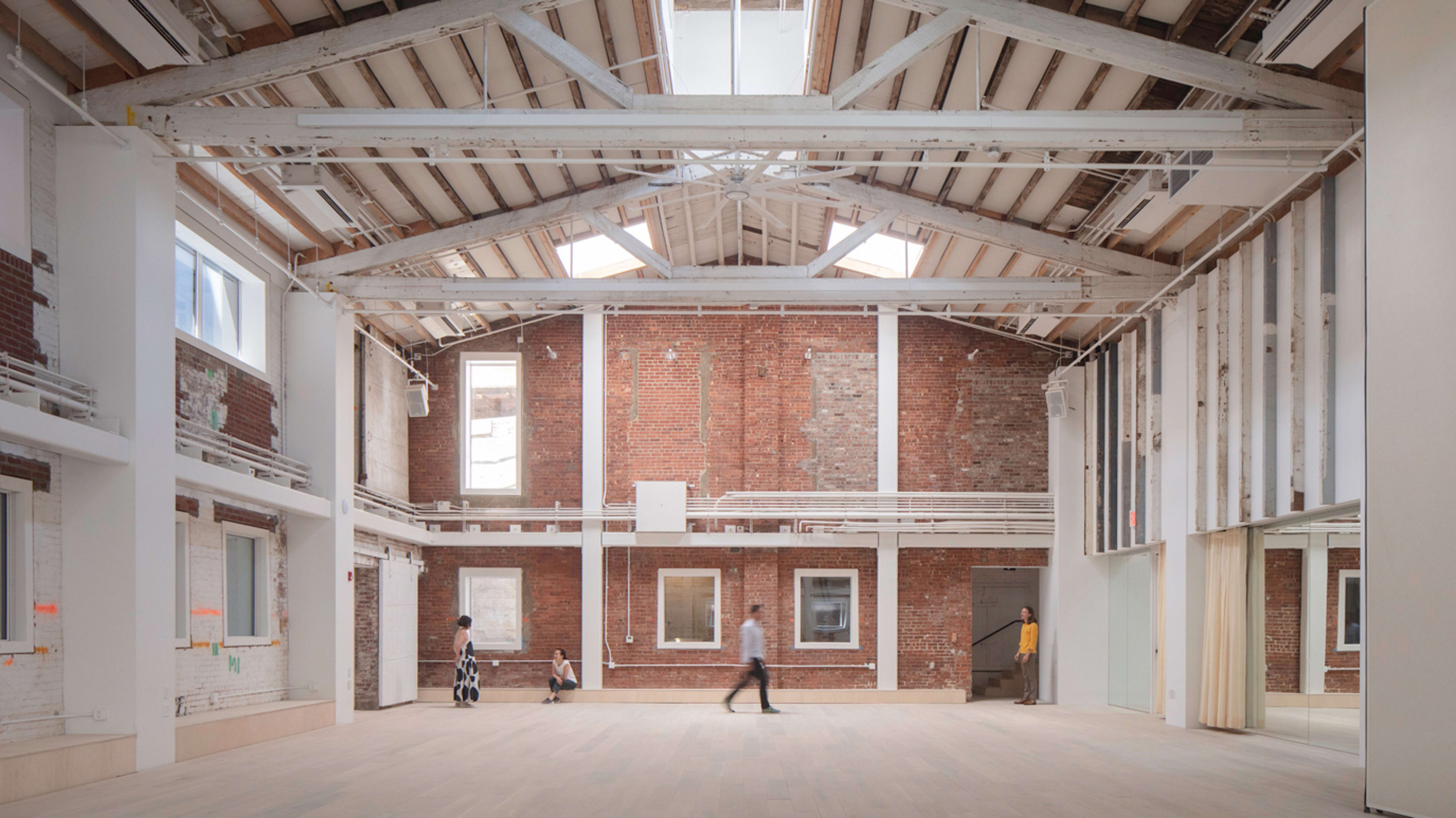In the Brooklyn neighborhood of Gowanus, a 100-year-old metal foundry has been transformed into a state-of-the-art performing arts center. Dating back to 1901, the old warehouse had a quintessentially industrial, albeit worn-down, frame and precious longleaf pine timber from forests that were wiped in the building boom of the 1900s. Now, the neighborhood has one less blighted building and one more cultural destination.
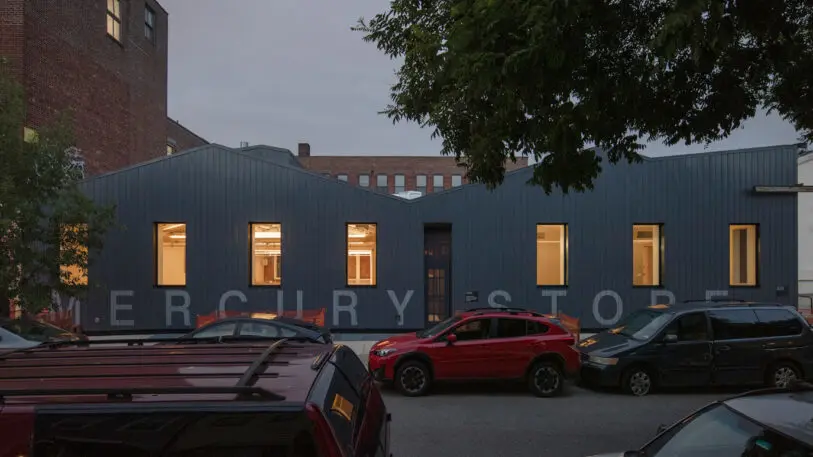
Now, we find ourselves at the cusp of a new year, with a climate crisis that has accelerated the drive for adaptive reuse. Buildings generate almost 40% of annual global CO2 emissions, and 11% of that comes from materials and construction. The most sustainable buildings are the ones that already exist. So, what if we made a collective decision to not build a single new building next year and instead, focused on reusing what we already have? A year-long building moratorium is a radical approach, and it comes with obvious shortcomings, but looking at our existing building stock could help with more than just the climate. In the last three years, nearly 800 old buildings have been repurposed into apartments. And as the pandemic continues to shutter properties across the country, more buildings like offices, hotels, and malls could enter the draw.
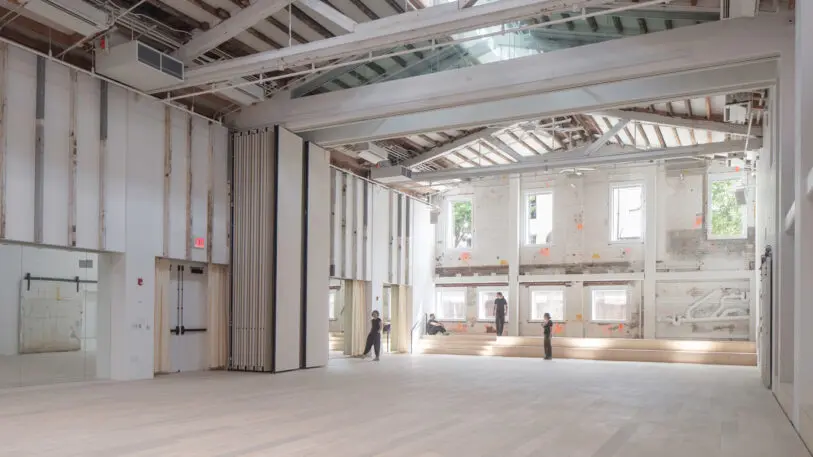
The architects restored and repaired the existing structure, reinstalled the skylight above the main space, wrapped the outer walls with insulation panels, and exposed a brick layer on the inside. They removed a floor to double the ceiling height and reused the floor joists as railing posts. “Anything we didn’t use was picked up by local wood salvager to make flooring and paneling,” says Mandl.
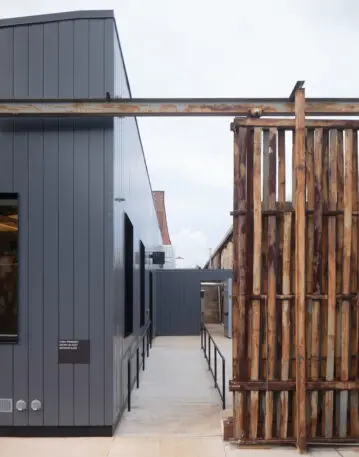
A boon to the environment
At scale, reusing buildings could have enormous environmental repercussions. “There is this common phrase that the greenest building is the one that’s never built, and that’s incredibly true,” says Marta Schantz, the senior vice president for the Urban Land Institute’s Greenprint Center for Building Performance, which makes a business case for reducing carbon emissions in buildings.
It’s worth noting that, according to Schantz, only 1% of building projects completed every year can be categorized as new construction. The impact of that 1%, however, can have devastating consequences on the environment. “Globally, we are on track to build a new New York City every month for the next 40 years,” says Schantz.
A building’s carbon footprint can be divided into two categories. First: embodied carbon emissions (this includes any CO₂ created during the manufacturing of materials, the transport of those materials, and the construction itself). Then: operational carbon emissions (what it takes to run the building once it’s built). The latter can be reduced with energy upgrades and renewable energy. The former is irreversible. “If we didn’t build a single new building in 2022, we’d avoid all of that embodied carbon,” says Schantz.
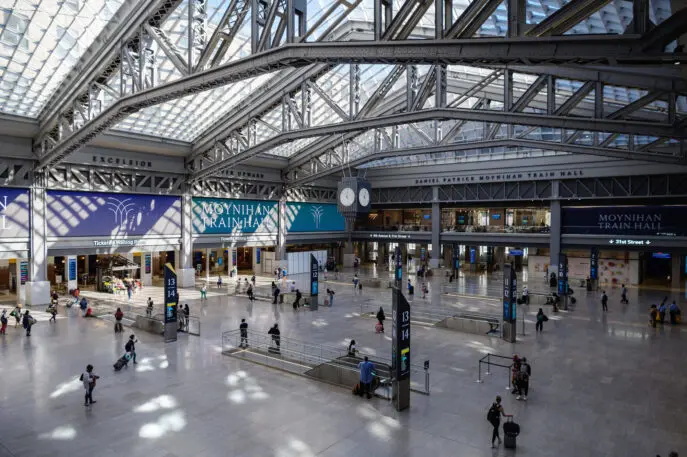
The financial reality
A building hiatus, even for one year, could help drastically lower the building industry’s carbon footprint. But that doesn’t come cheap. In Atlanta, an old Sears building was turned into a mixed-use hub called Ponce City Market in 2014. While it’s now home to 90 businesses, it cost $250 million to develop. Back in Manhattan, the Moynihan Train Hall in Manhattan cost a whopping $1.6 billion. This isn’t to say that every adaptive reuse project will break the bank, but many come with a slew of architectural and engineering considerations, plus historical preservation requirements if it’s landmarked.
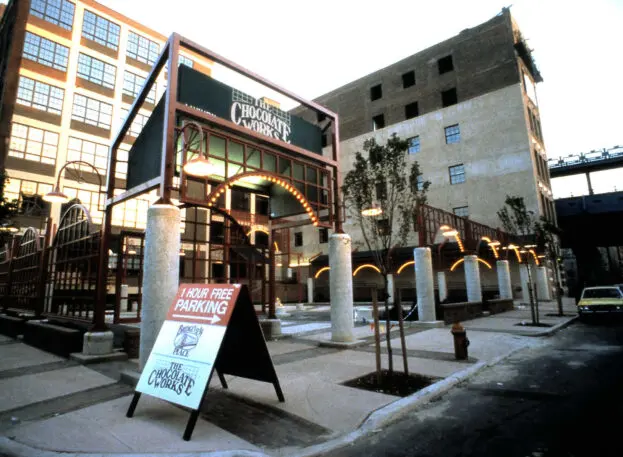
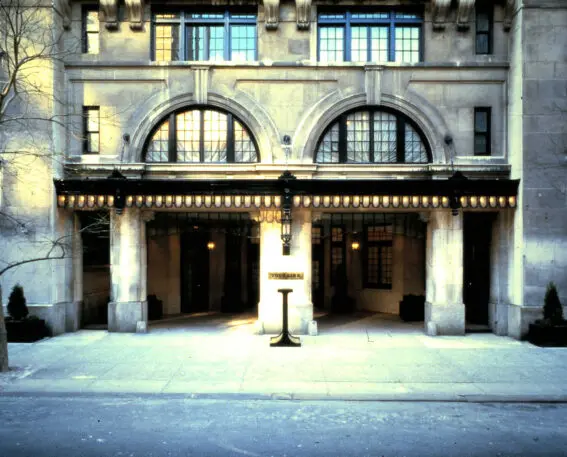
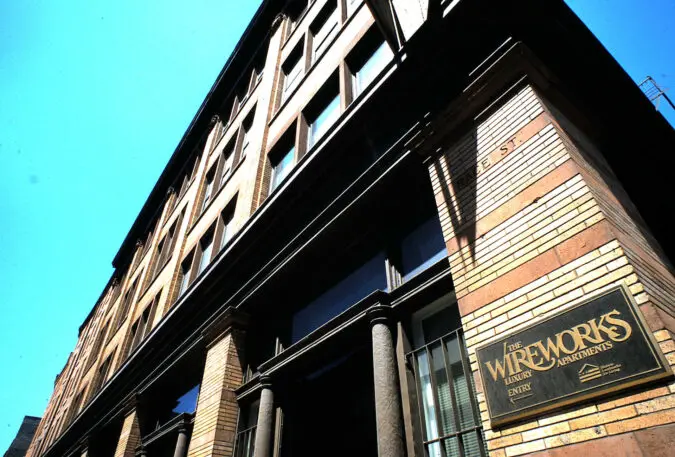
A massive housing shortage
The U.S has been mired in a housing crisis for decades. Meanwhile, the government alone owns an estimated 45,000 underused or underutilized buildings across the country. Many of these are prime candidates to be turned into housing stock.
Over the years, a lot of housing has been created through adaptive reuse projects. In Philadelphia, almost 2,000 buildings have been converted into apartments from the 1950s through the 2010s. That’s about 11,200 apartments in hotels, office buildings, and disused factories.
Elsewhere, a growing number of cities, including Los Angeles and Phoenix, have been passing ordinances that make it easier to turn old buildings into housing. In 1999, the City of Los Angeles adopted the Adaptive Reuse Ordinance, which cleared the way for property owners to convert the upper floors of historic Downtown buildings into condos and apartments. Between 1999 and 2008, Downtown L.A gained about 7,300 housing units from long-term vacant buildings (compared to 4,300 units in the 30 years before the ordinance was passed). This year, the LA City Council approved a citywide expansion of the ordinance, as long as it’s only used for below-market-rate housing. More than 4,300 apartment conversions are scheduled to begin in 2022.
According to a recent paper by the Central City Association of Los Angeles, if Los Angeles converted between 5% and 10% of its 155,000,000 square feet of office space to housing, it could generate between 8,000 and 16,000 new homes. Considering half a million affordable housing units were needed to meet demand in 2019, that would barely make a dent. But the paper notes that “thousands more units of housing could come online if hotels, retail spaces, obsolete industrial buildings, and parking structures also qualified for reuse,” the study says.
With the ongoing shift to work-from-home, cities with vacant office spaces could make for excellent contenders, too. As of October 2021, Dallas topped the charts with a 28% office vacancy rate; Manhattan was at 9%. (Incidentally, One Wall Street – a 56-story, Art Deco landmark in Lower Manhattan — is now being transformed into a 566-unit condominium building, making it the largest office to residential conversion in the history of New York City.)
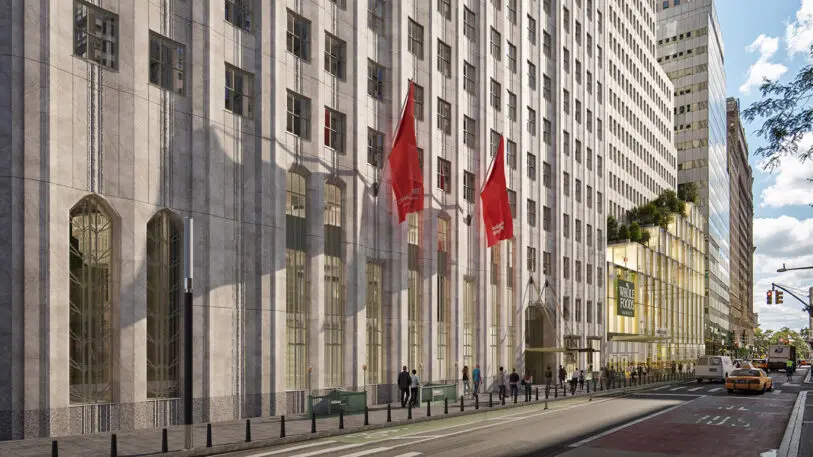
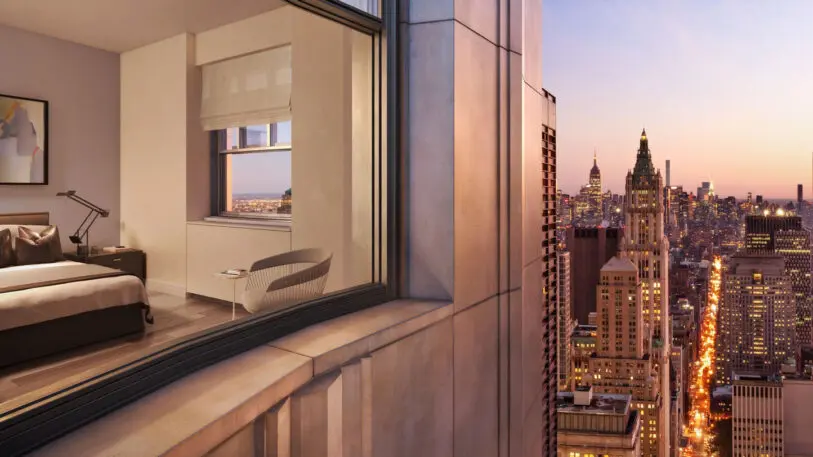
Even so, Dranoff says that no amount of adaptive reuse projects would be enough to meet our current demand for homes. “Housing is our greatest shortfall today as a country; we wouldn’t be able to produce enough housing because we’d be limited by supply,” he says. Adaptive reuse projects may not be enough to meet the country’s housing demand but they can help us make a dent in the climate crisis.
There is no stopping new buildings in 2022, but if we have to build anew, then let us build to last, so that in 50 years, developers will look around and find creative ways to adapt what we are building today.
Recognize your brand’s excellence by applying to this year’s Brands That Matter Awards before the early-rate deadline, May 3.
